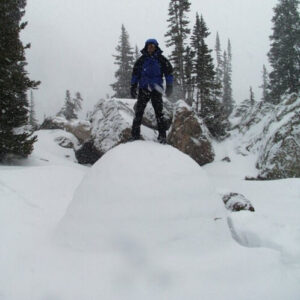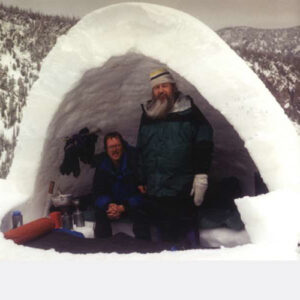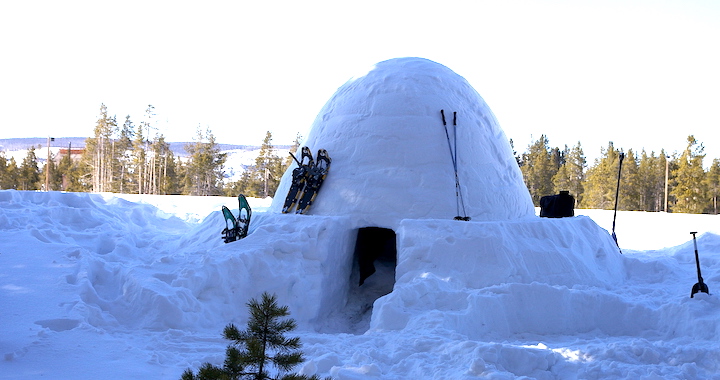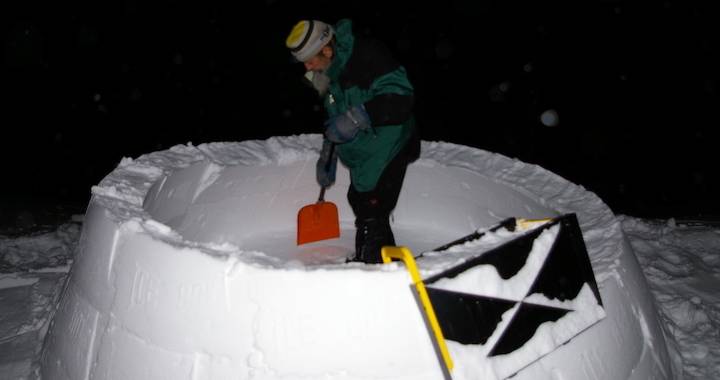Igloo Block Building Tool
ABOUT OUR IGLOO BUILDING TOOL
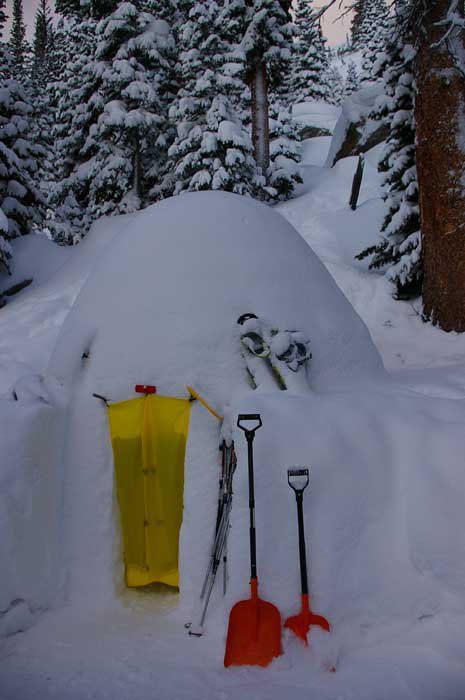
The ICEBOX® igloo block building tool is great for Winter Camping, Building Snow Shelters or just plain fun with the Kids!
Our ICEBOX® Igloo Tool consists of a lightweight, packable tool for building an igloo style snow shelter in any snow conditions.
The ICEBOX® igloo block building tool is engineered to be affordable and easy to use. The tool will allow you to build igloo structures that are strong, stable and comfortable for whatever the purpose. Winter camping, snow camping, or just for fun through the winter in your backyard.
Less energy spent is the main benefit of our tool design. Snow shelters and igloos are much easier to build utilizing our tool and method versus building traditional Quinzee or snow caves.
Enjoying Snow With Igloos
The ICEBOX® Igloo Block Building Tool gives a new and fun way to experience winter camping. Igloo/Snow camping is an adventure rooted in ancient traditional winter lifestyles. Just the nostalgia alone can make a lot of winter fun in your back yard. Building an igloo can be a lot of fun for both adults and kids having winter snow fun in your back yard.
You may already know the advantages of snow camping. (No crowds, peaceful, beautiful.) If not, you may be missing an exhilarating and visceral experience. No noise, no crowds, the incredible beauty of the winter backcountry/wilderness, and the peace and serenity of nature are nearly overwhelming. There is really nothing quite like camping in an igloo in a picturesque backcountry winter landscape.
The ICEBOX® Igloo Tool assures setting up a winter base camp is easy and durable in any weather. Great for snowshoeing, backcountry skiing, or just camping in the snow.
The ICEBOX® Igloo Tool can be used to build a primary shelter for backcountry winter camping/snow camping or as an awesome toy for backyard snow camping fun with the family.

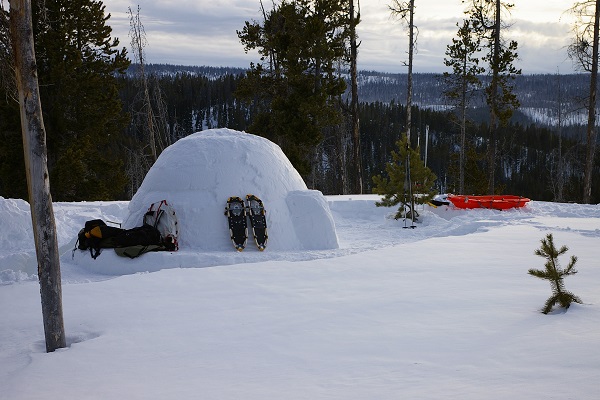
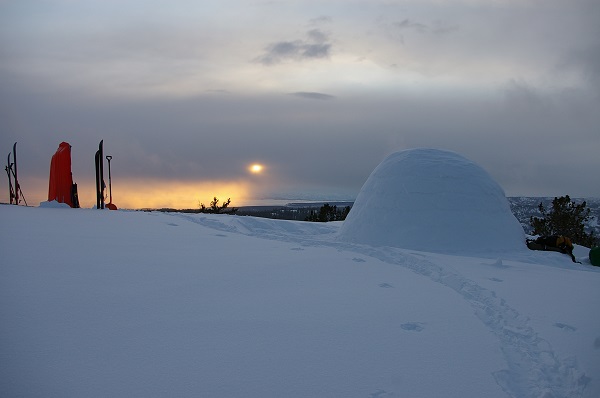
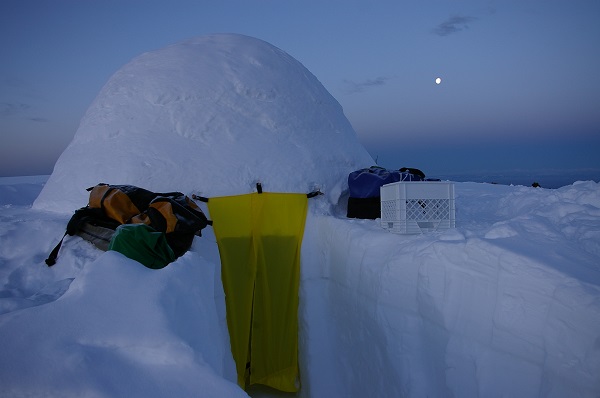
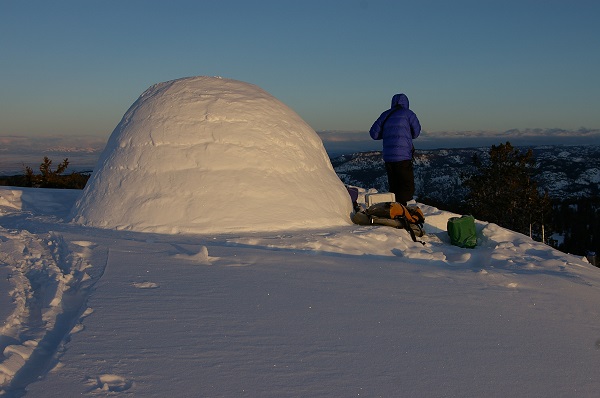
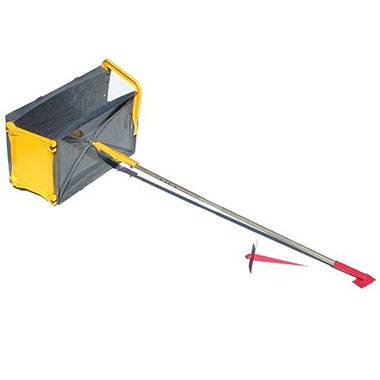
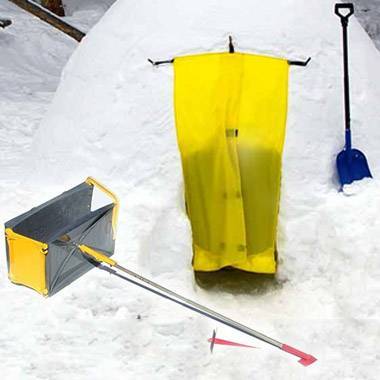
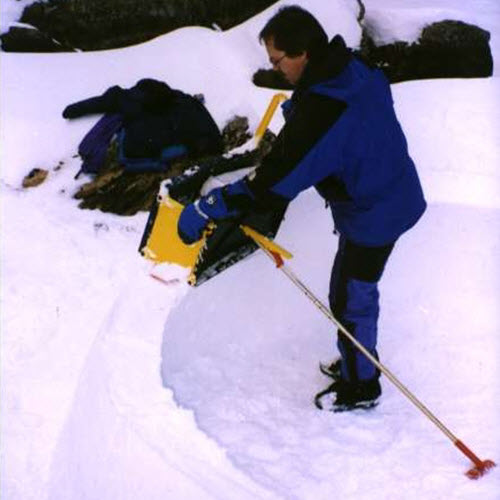 Building an igloo with the ICEBOX® igloo tool creates sequential blocks in place. First, set the clamps on the form then fill it with snow while packing it tightly. After you have filled it, you unclamp it and simply slide it to the next position. Next, use the pole with eight adjustments, one for each layer to create the catenary shape. The pole also helps support the snow so you don’t have to. After finishing 5 rows you remove the outside of the form. As the wall is now leaning in far enough so the snow can be packed from the outside.
Building an igloo with the ICEBOX® igloo tool creates sequential blocks in place. First, set the clamps on the form then fill it with snow while packing it tightly. After you have filled it, you unclamp it and simply slide it to the next position. Next, use the pole with eight adjustments, one for each layer to create the catenary shape. The pole also helps support the snow so you don’t have to. After finishing 5 rows you remove the outside of the form. As the wall is now leaning in far enough so the snow can be packed from the outside.